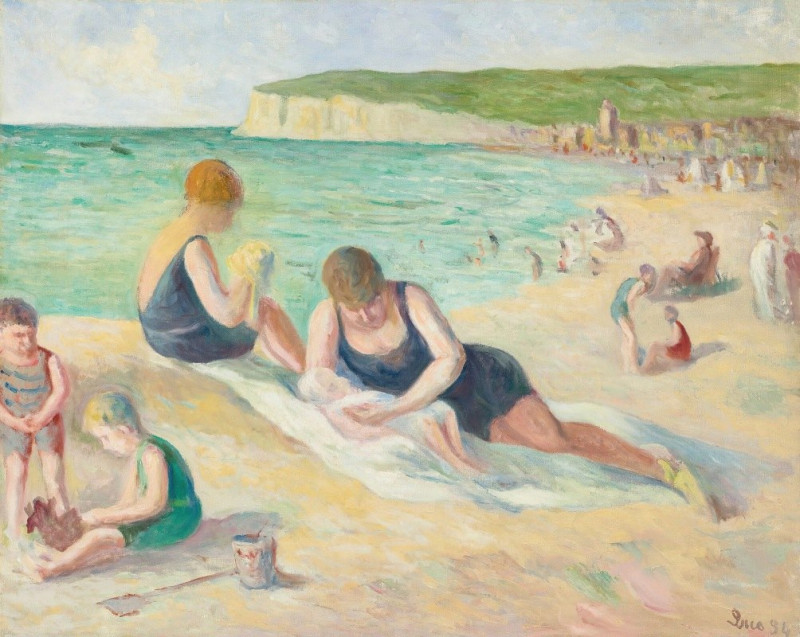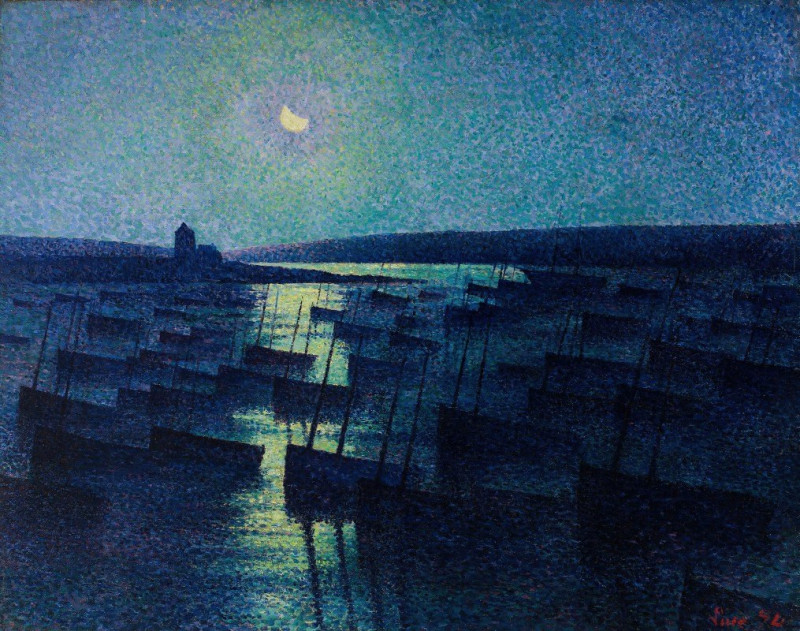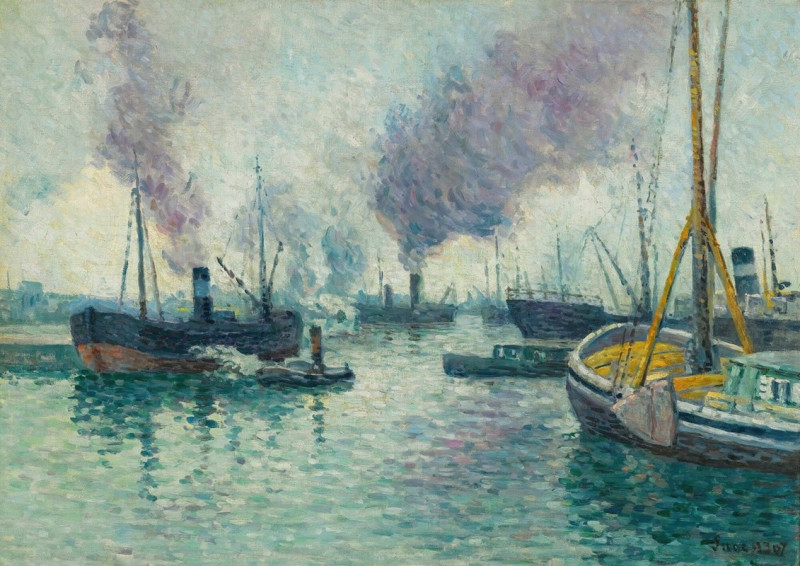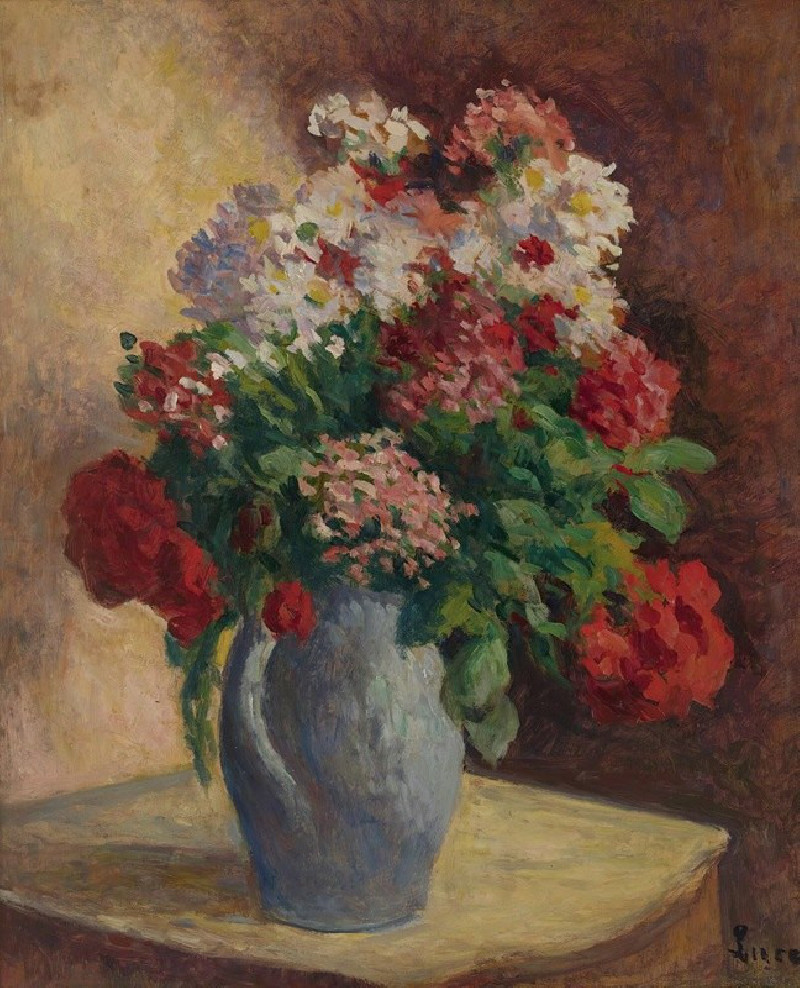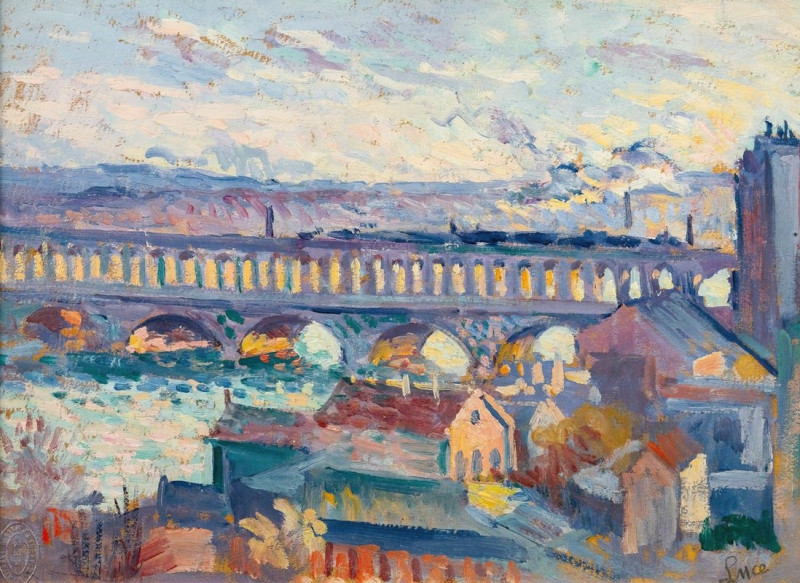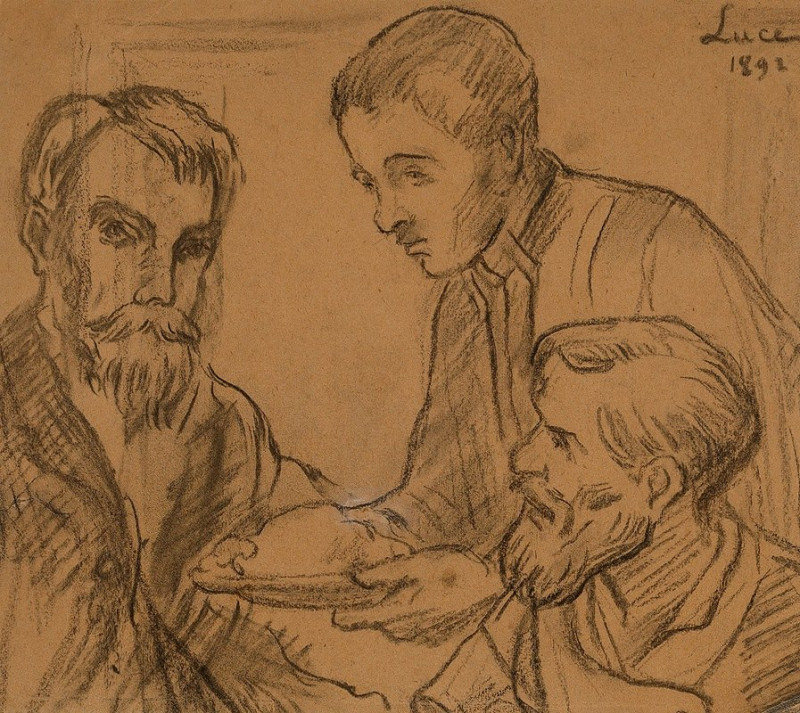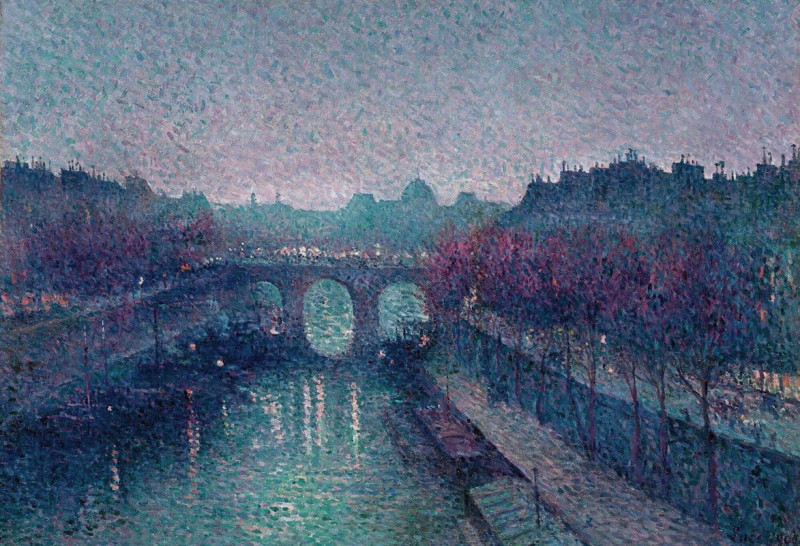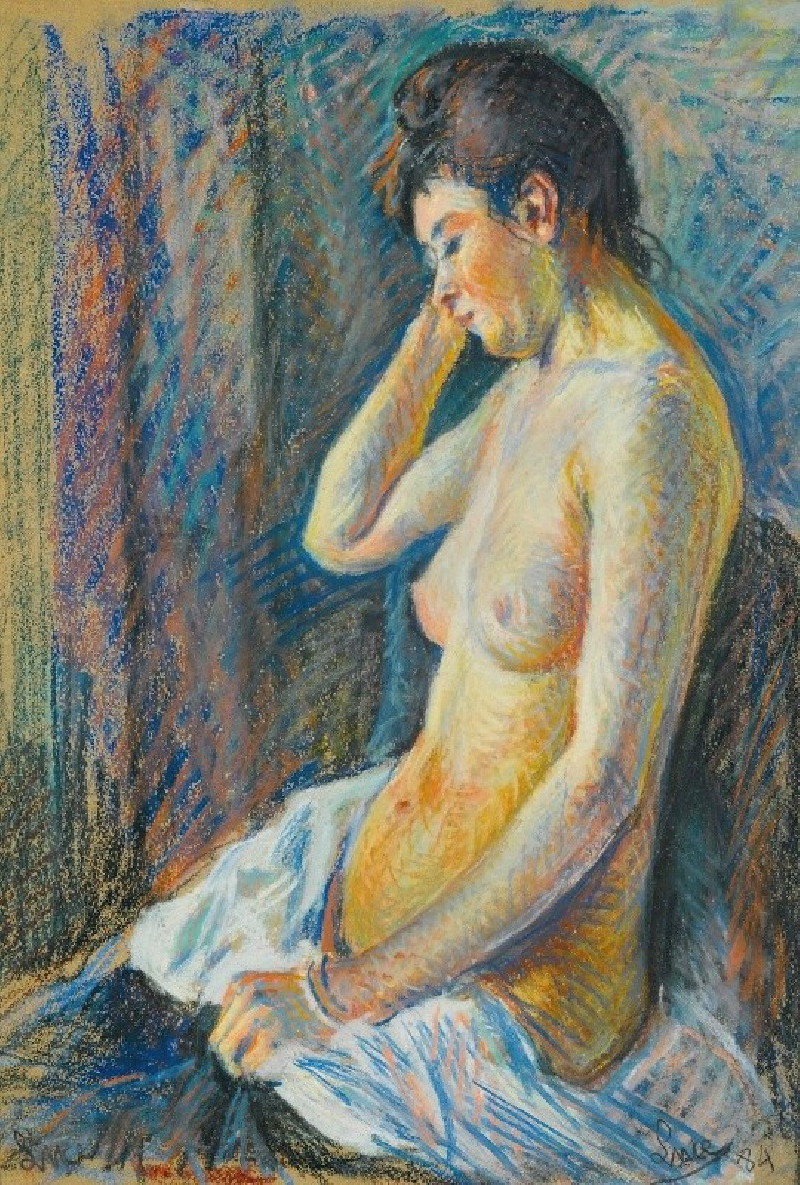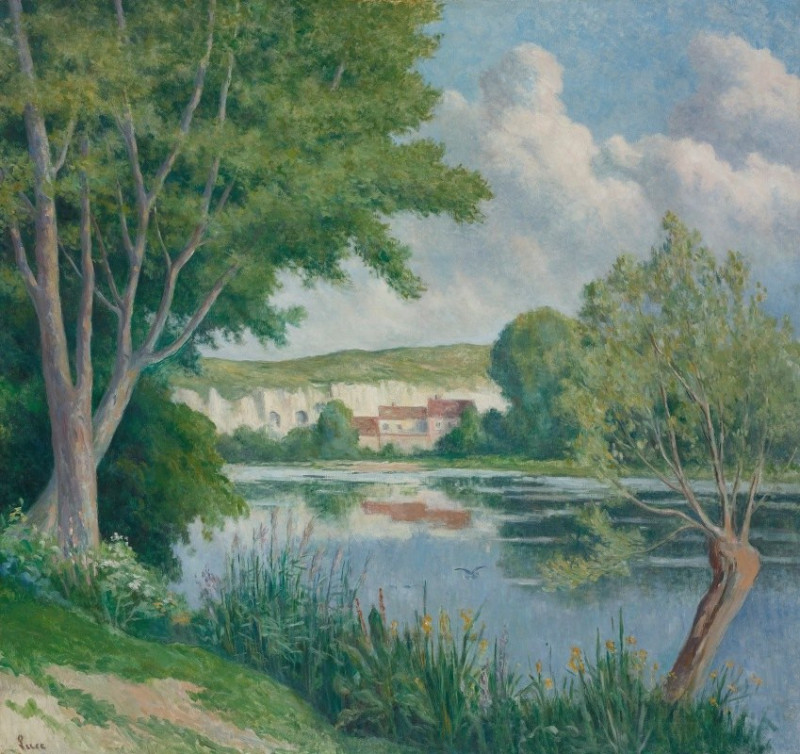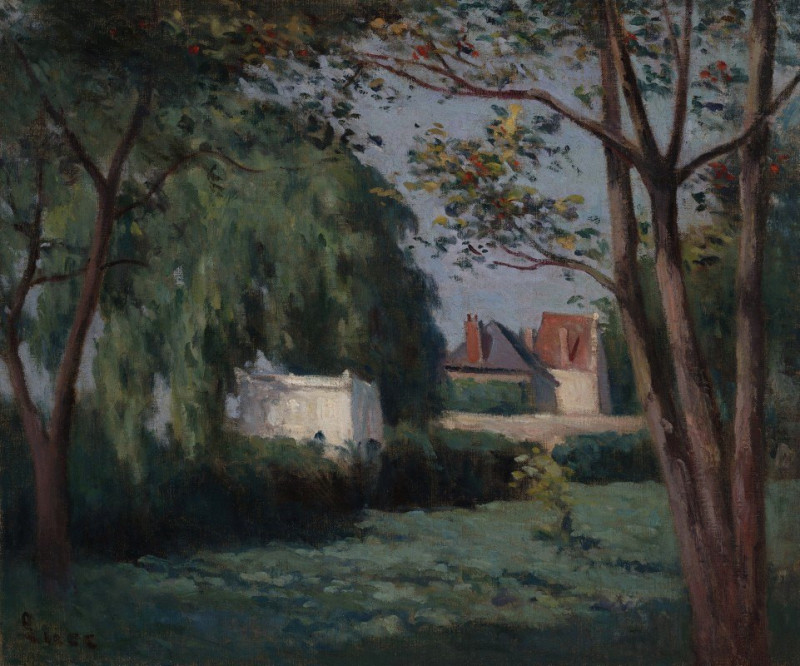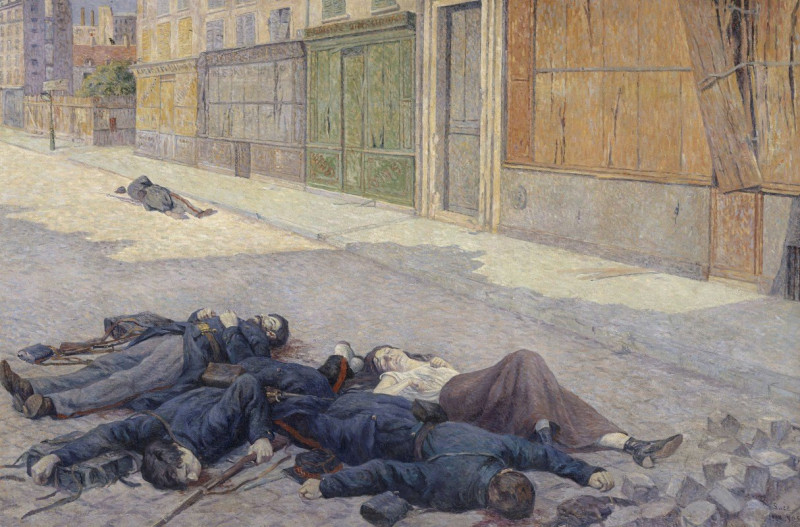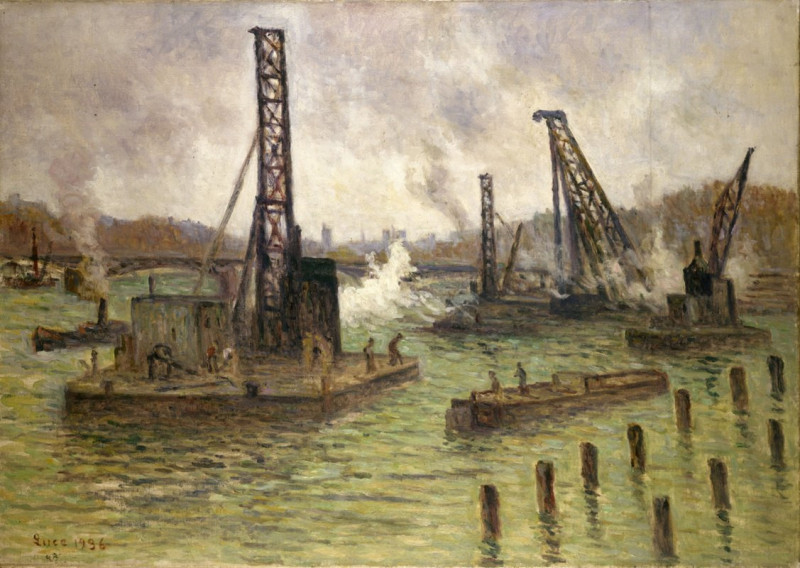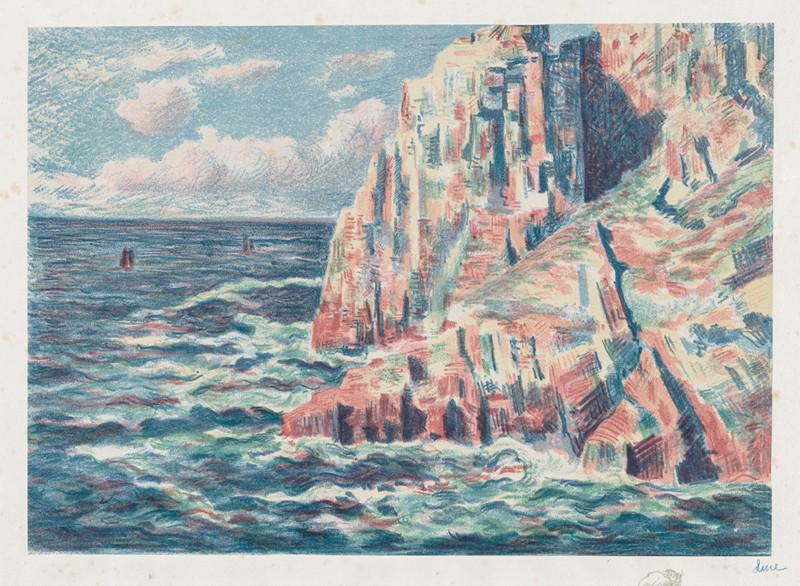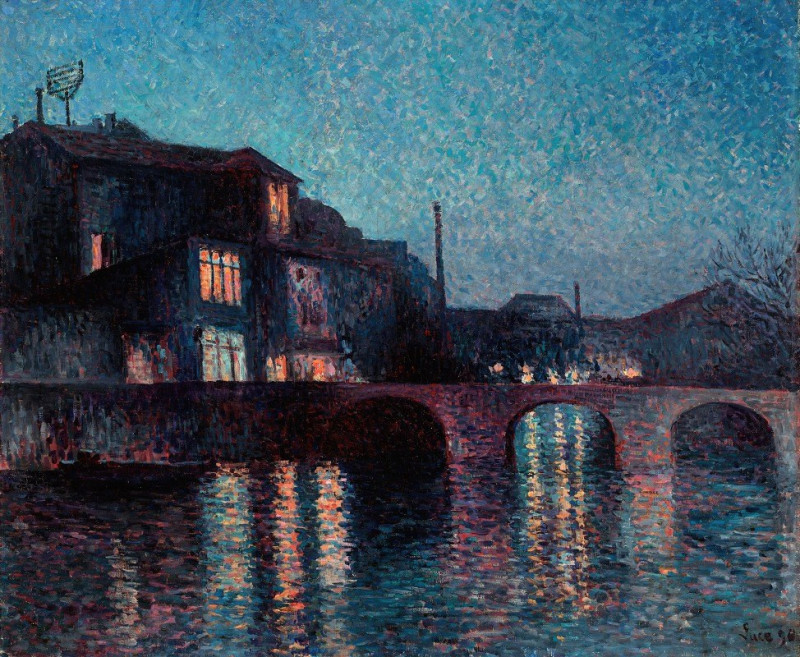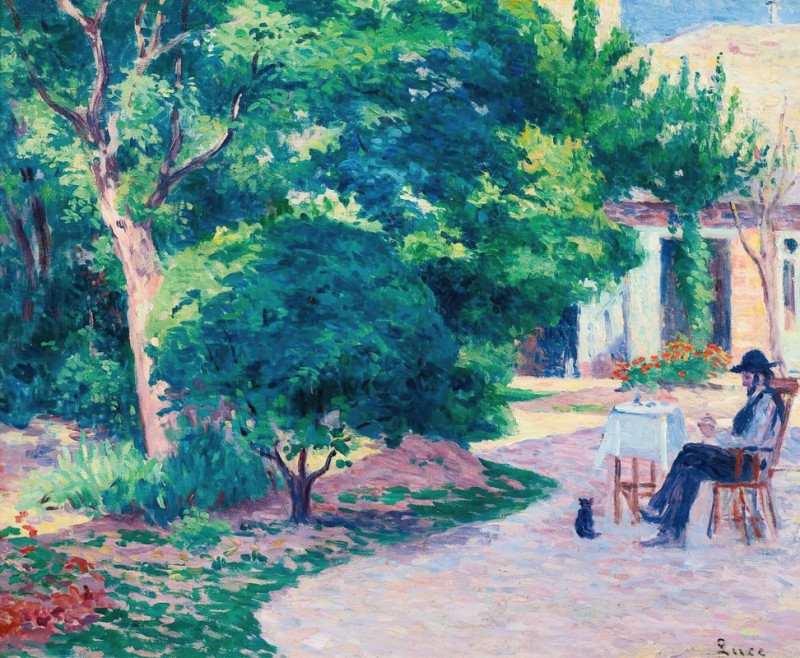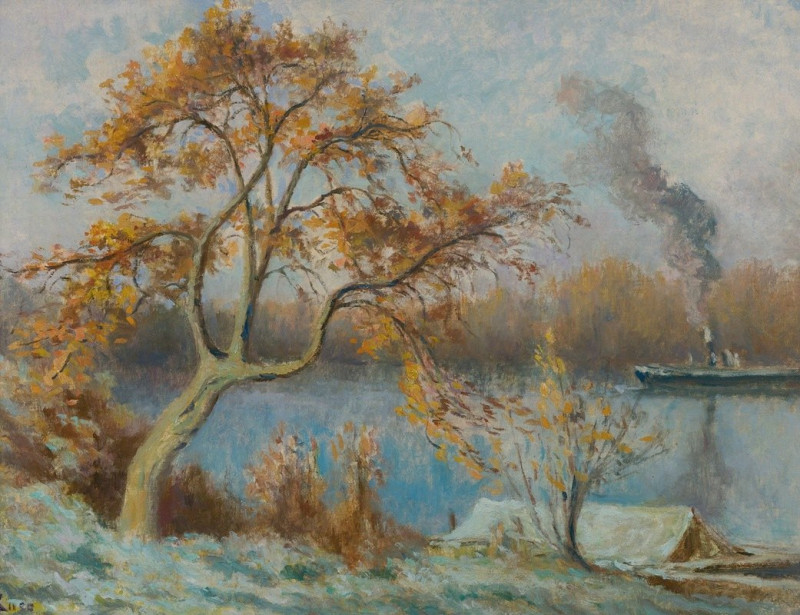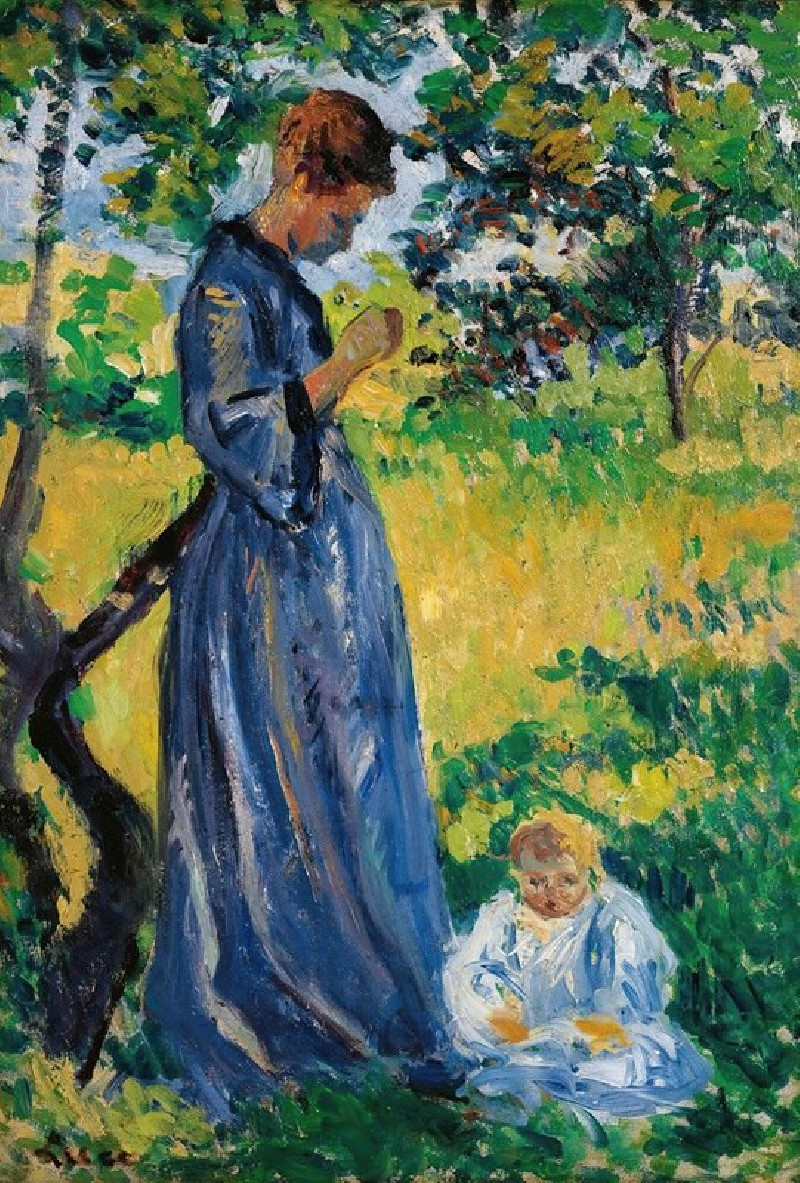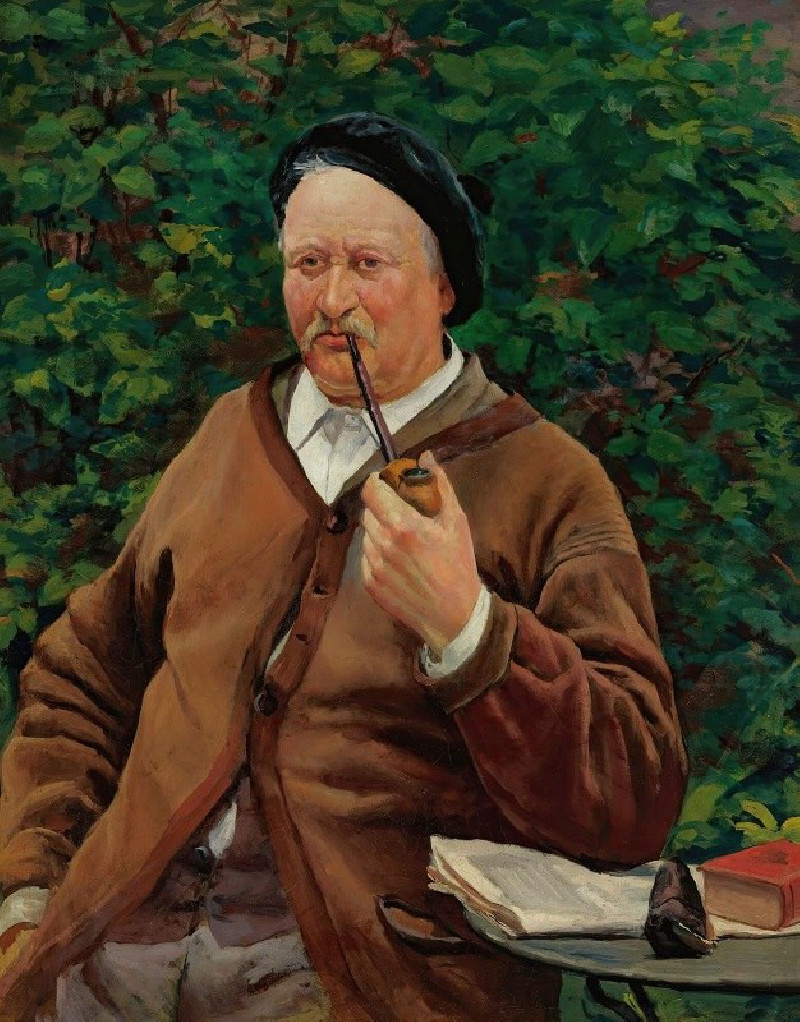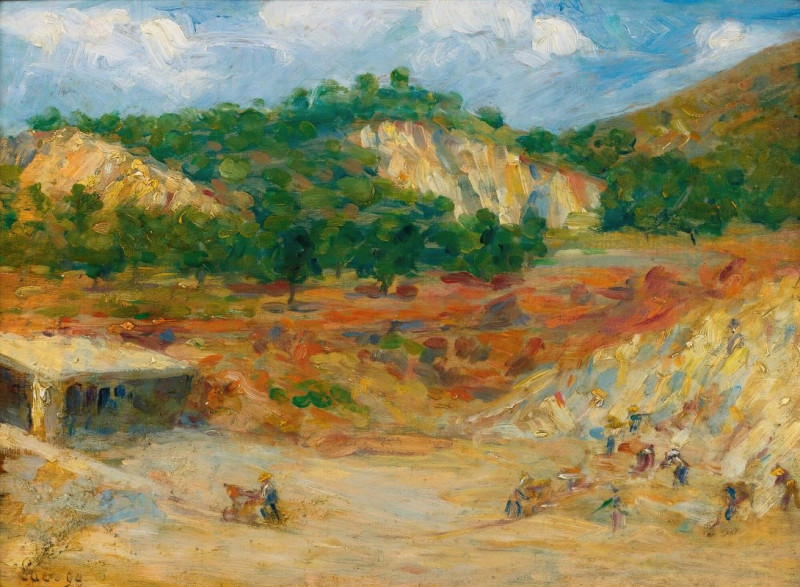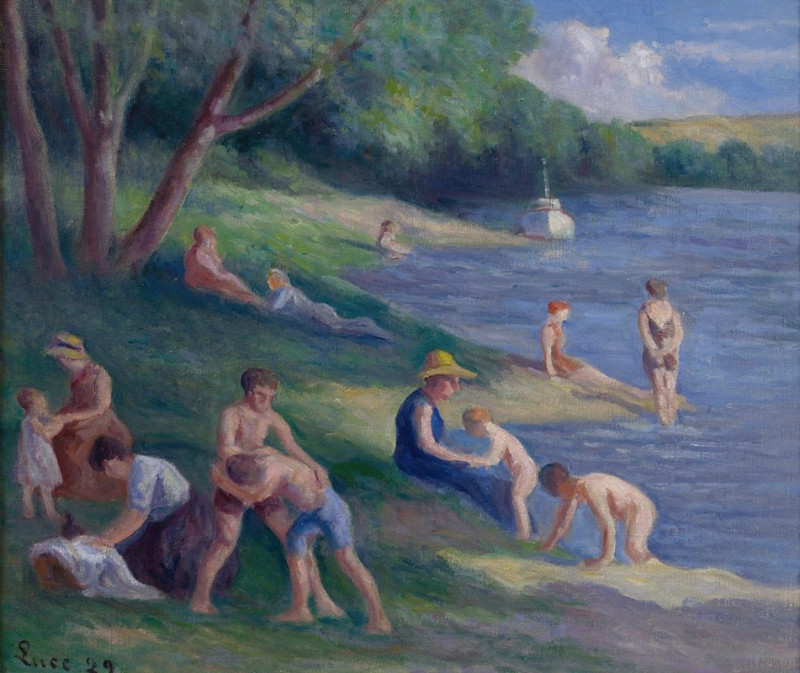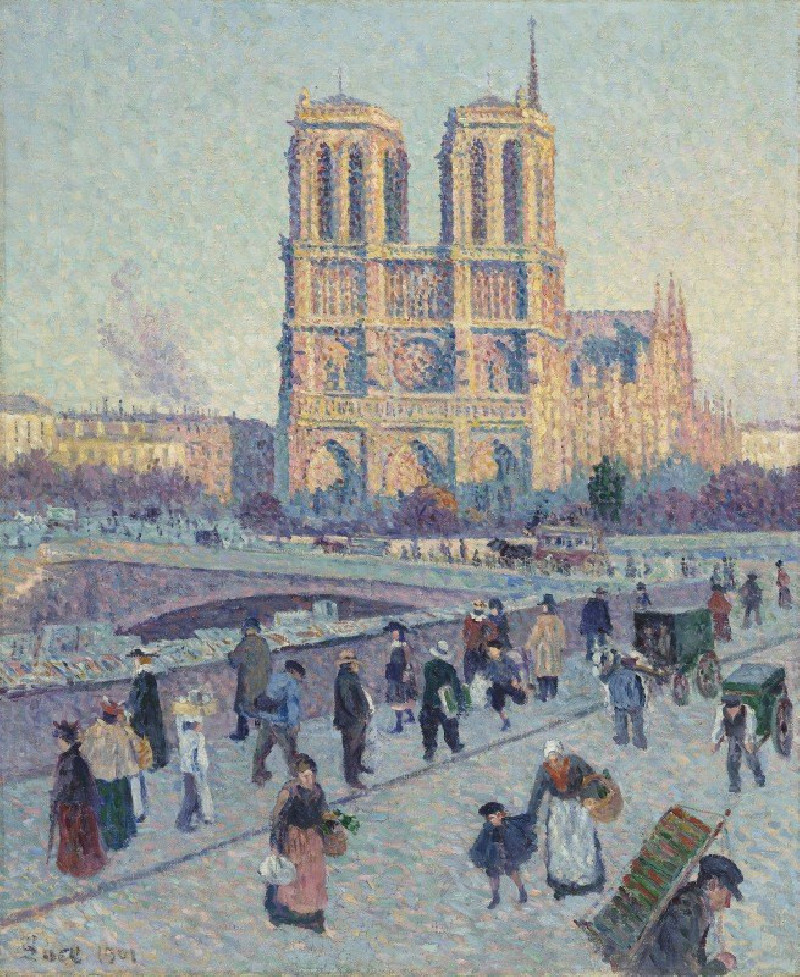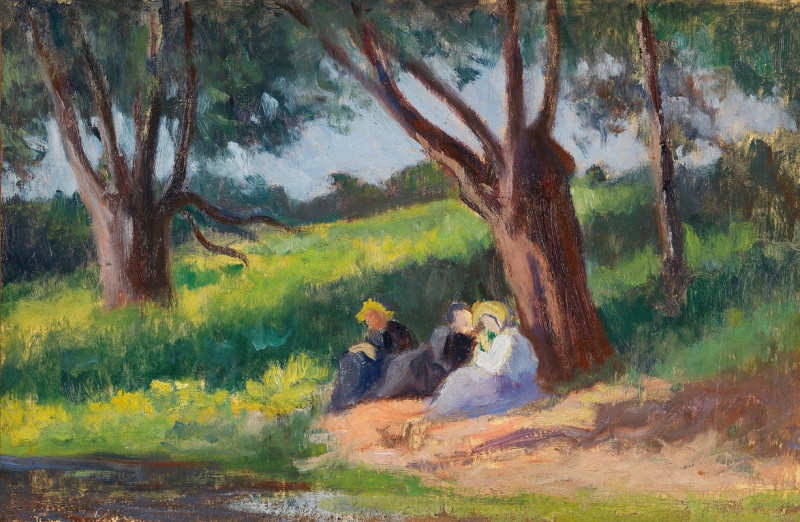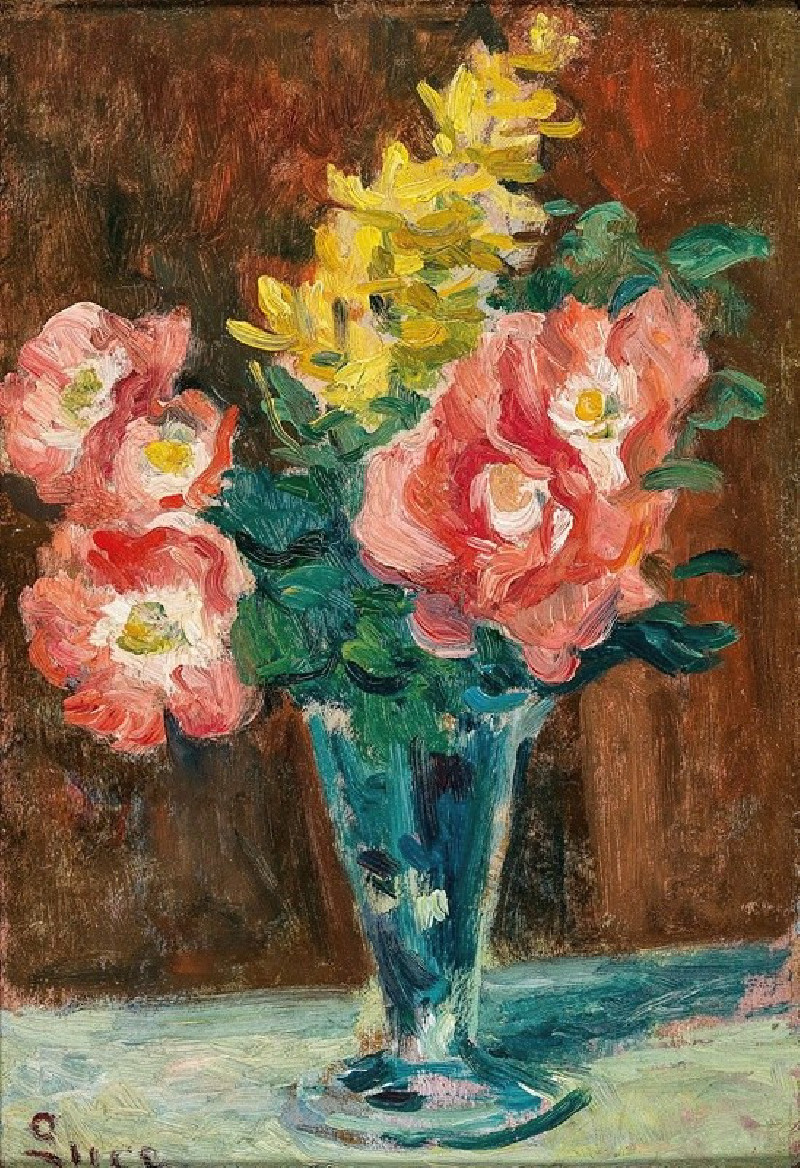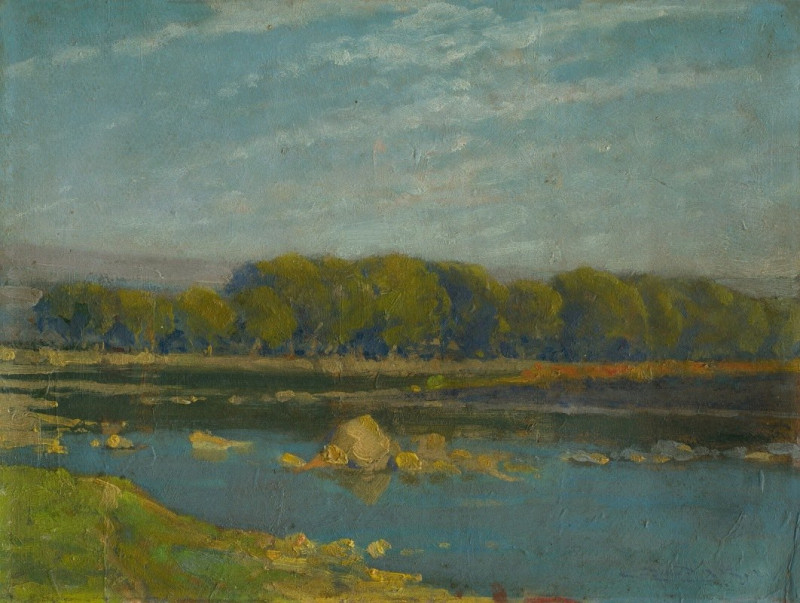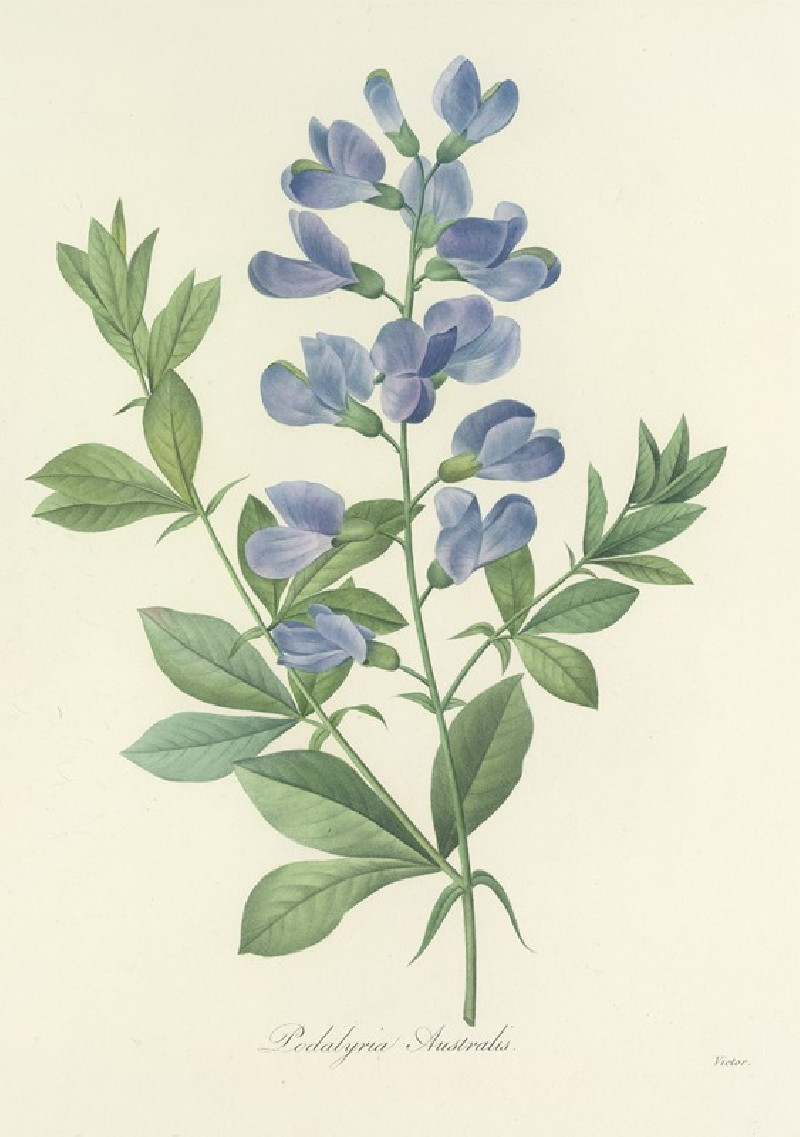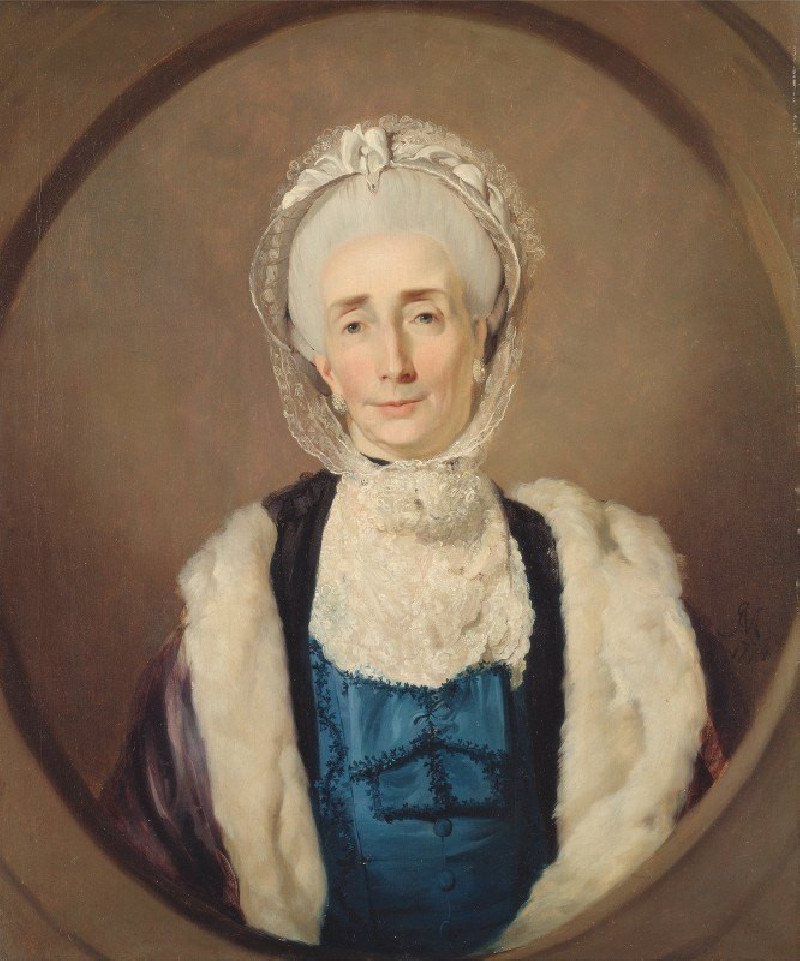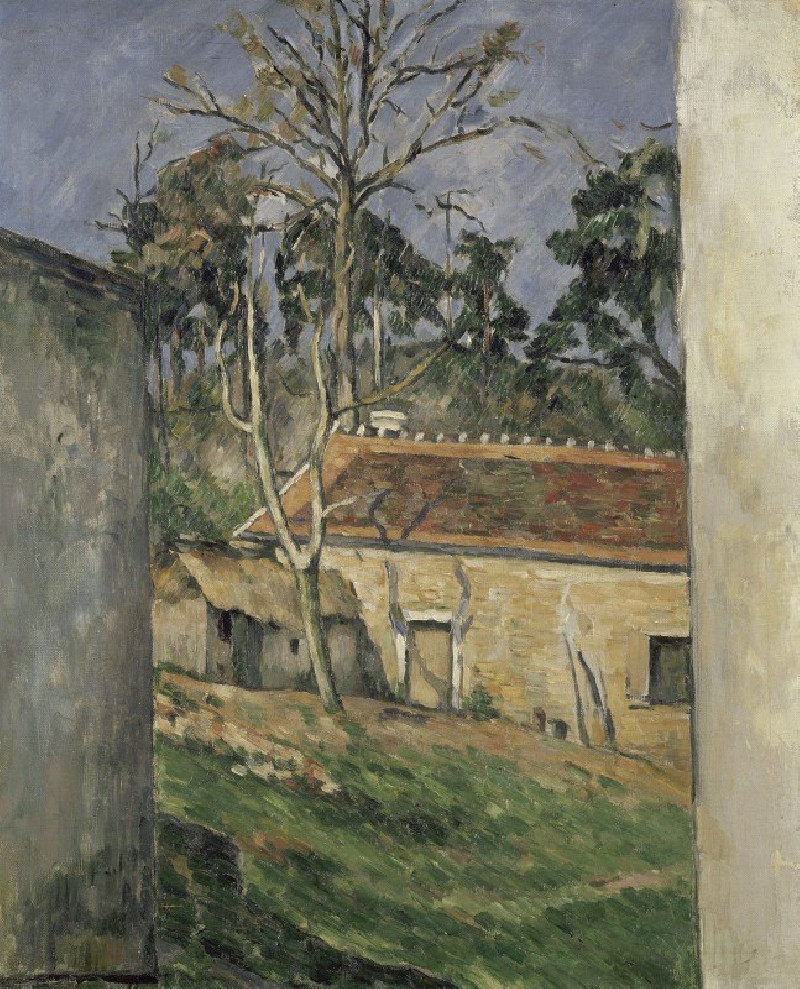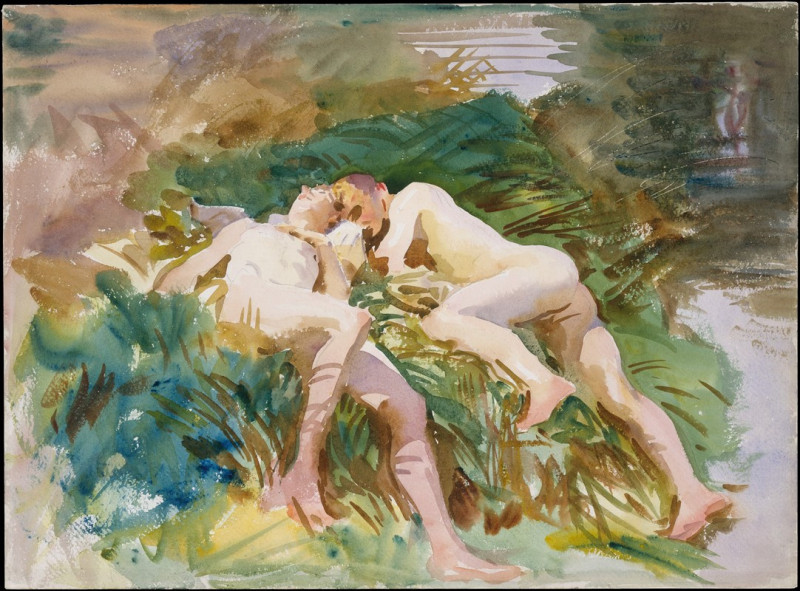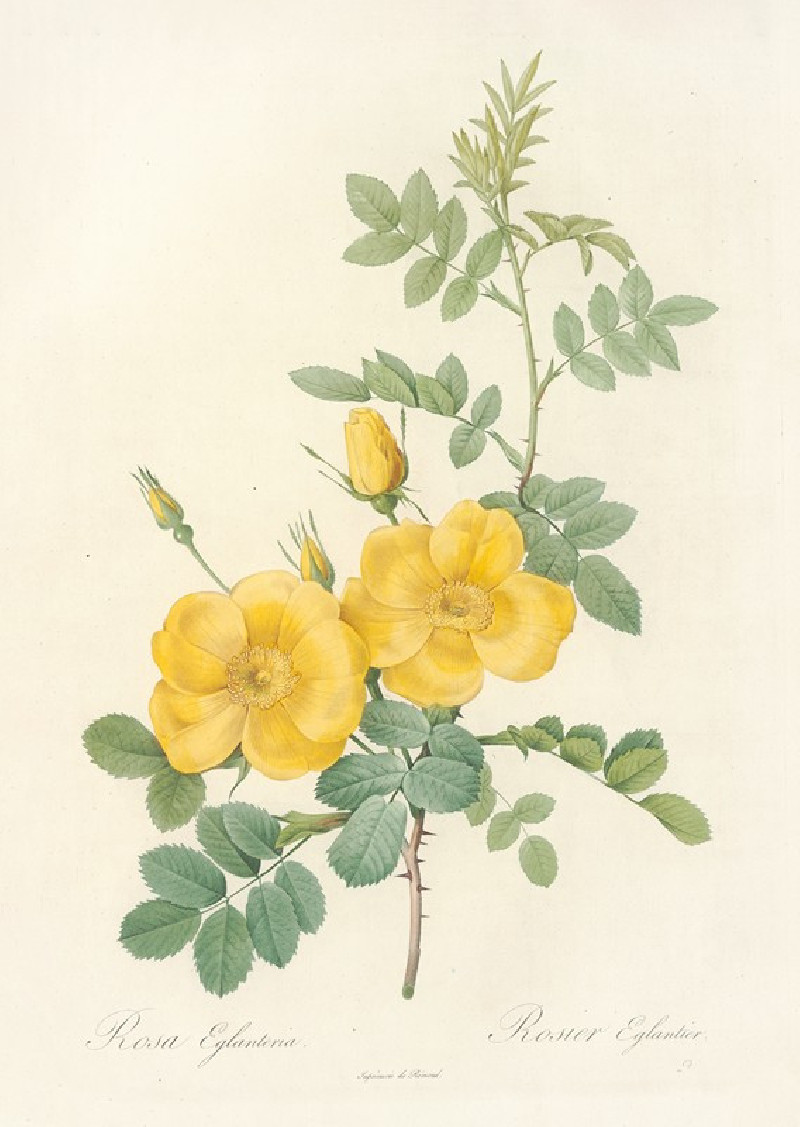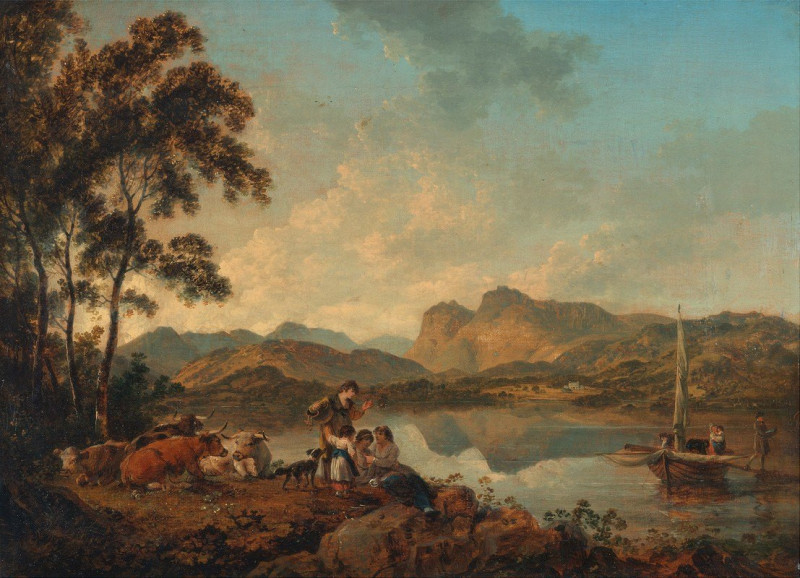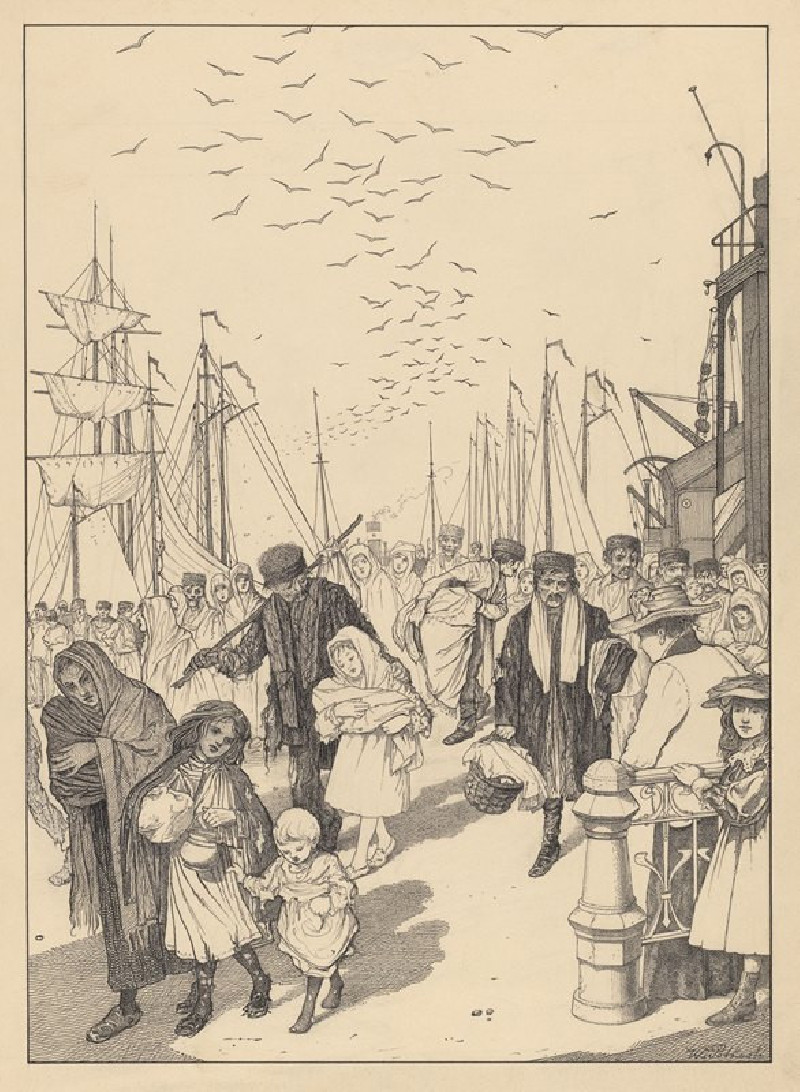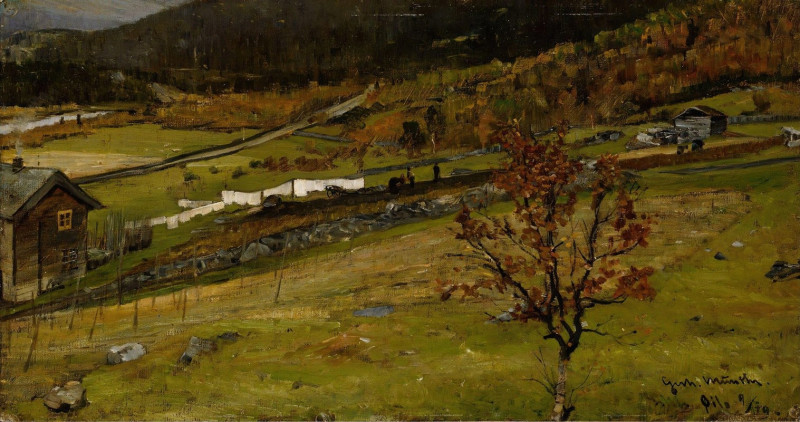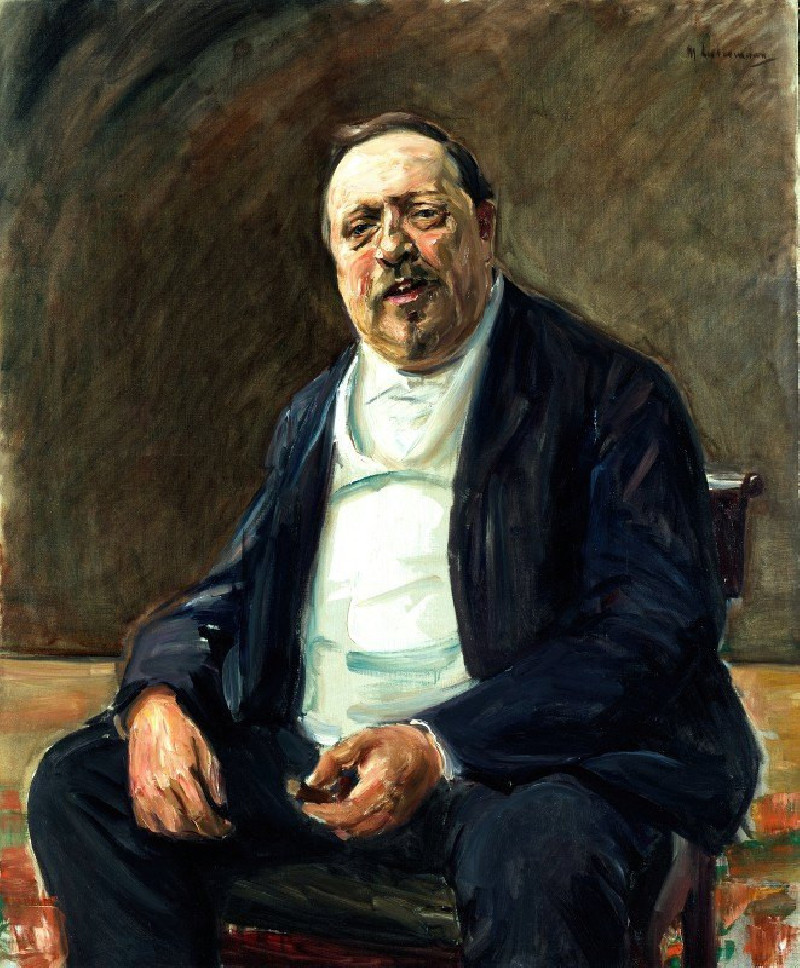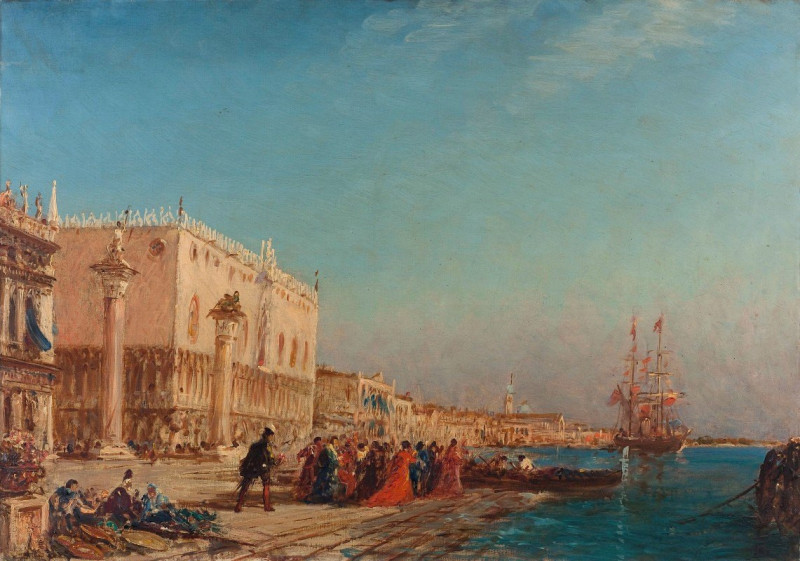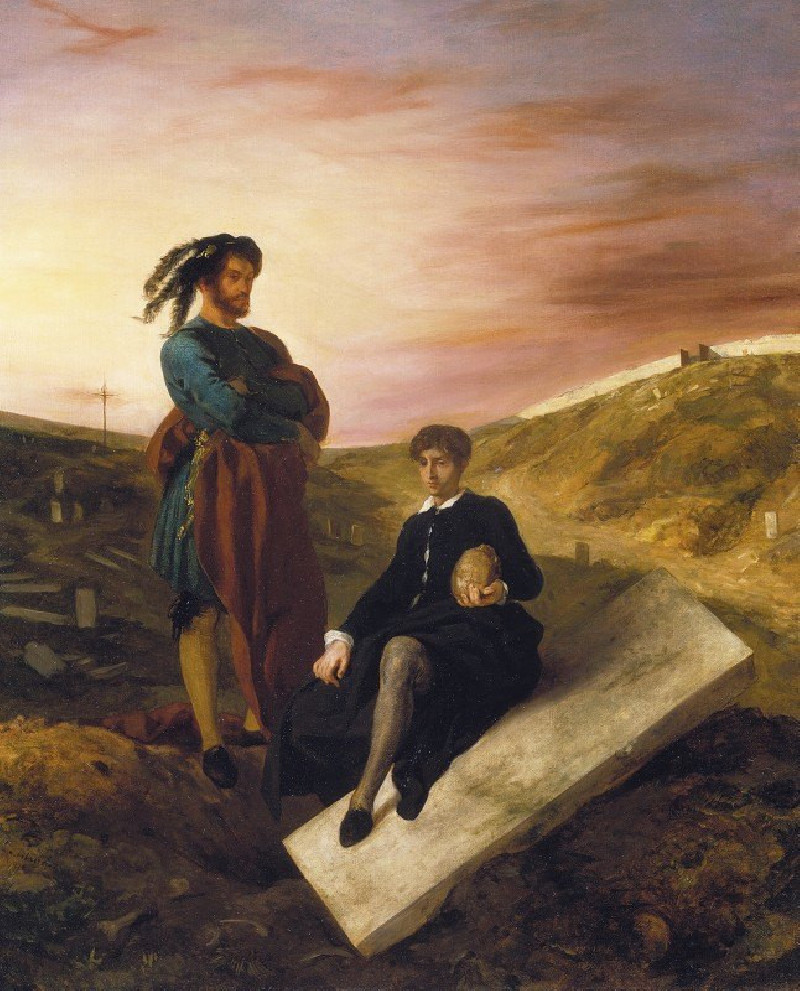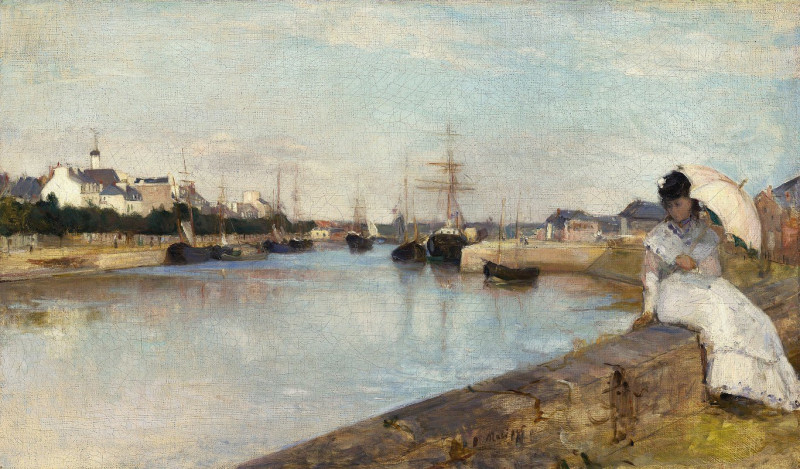Bessy-cur-Cure, paysage au pommier
Technique: Giclée quality print
Recommended by our customers
More about this artwork
Explore the serene and pastoral charm of "Bessy-sur-Cure, paysage au pommier," a captivating artwork by the renowned post-impressionist painter Maximilien Luce. Set in the idyllic countryside, this painting beautifully captures a tranquil moment in time where nature and humanity exist in harmonious synchrony.Centerstage in Luce's composition is a robust apple tree, its branches gracefully extending into a sky brushed with hues of pink, blue, and violet, suggesting the soft light of either dawn or dusk. Beneath the tree, a man leans thoughtfully against the trunk, his gaze possibly wandering over the lush landscape, or lost in a moment of private reflection.Adjacent to this contemplative figure are two cows and a seated woman, each rendered with broad, confident strokes that emphasize both their form and their integration into the setting. The cows, engrossed in grazing, and the woman, who appears relaxed and absorbed in her own thoughts, complement the overall theme of a day spent in the peaceful embrace of nature.In the background, the rolling hills and a distant figure, possibly another farmer or a wanderer, deepen the narrative of rural life and its unassuming beauty. Luce's use of vibrant and varied greens for the field enhances the feeling of a lush, alive landscape, inviting the viewer to step into this serene tableau."Bessy-sur-Cure, paysage au pommier" is not just a visual painting, it's an experience of calm, an invitation to pause and revel in the simplistic beauty and the timeless rhythm of rural living. A true testament to Luce's masterful ability to portray light and its transformative effects on the everyday.
Delivery
Returns
Maximilien Luce was a prolific French Neo-impressionist artist, known for his paintings, illustrations, engravings, and graphic art, and also for his anarchist activism. Starting as an engraver, he then concentrated on painting, first as an Impressionist, then as a Pointillist, and finally returning to Impressionism.


